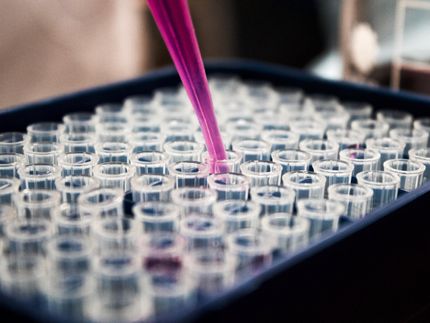Stem cells help researchers study the effects of pollution on human health
A recent study shows that embryonic stem cells could serve as a model to evaluate the physiological effects of environmental pollutants efficiently and cost-effectively.
The use of stem cells has found another facade. In the world we live in today, people are constantly exposed to artificial substances created by various industrial processes. Many of these materials, when exposed to humans, can cause acute or chronic diseases. As a consequence, validated toxicity tests to address the potential hazardousness of these pollutants have become an urgent need.
Although stem cells have been used before in the field of toxicology, researchers at the State Key Laboratory of Environmental Chemistry and Ecotoxicology, Research Center for Eco-Environmental Sciences China, Chinese Academy of Sciences (CAS), and the University of California at San Diego (UCSD), successfully detail the use of stem cells to gauge the neurotoxicity effects of the environmental pollutant Bisphenol A (BPA) in their study.
The researchers used a combination of biochemical and cell-based assays to examine the gene expression profile during the differentiation of mouse embryonic stem cells upon treatment with BPA, a compound known to cause heart disease, diabetes, and developmental abnormalities in humans. They were able to detect and measure, BPA toxicity toward the proper specification of primary germ layers, such as endoderm and ectoderm, and the establishment of neural progenitor cells. These results indicate that BPA may alter embryonic development in vivo.
"Contrary to traditional in vitro assays and animal tests, embryonic stem cells have a huge benefit because they offer the advantage to grow indefinitely in dishes yet possess the ability to differentiate to mimic embryonic development, and virtually into any kind of cells of an adult organism," said Francesco Faiola, Professor at the State Key Laboratory of Environmental Chemistry and Ecotoxicology, RCEES, CAS, lead researcher of the study group. "For instance, they can differentiate in dishes as three dimensional aggregates called embryoid bodies resembling the early stages of embryonic development. Therefore, they can be utilized in developmental toxicity assays, without the need of animal experiments."
"Our stem cell toxicology system proved to be very sensitive and reflective of the physiological toxic effects of BPA," Faiola added. "What's even more valuable is the fact that this system can be applied to assess numerous other pollutants for their toxicity and/or lethality without the expenses of time-consuming animal models."
Original publication
Francesco Faiola, Nuoya Yin, Xinglei Yao, Yuan-Liang Wang, Zhanfen Qin, "Assessment of Bisphenol A (BPA) neurotoxicity in vitro with mouse embryonic stem cells", Journal of Environmental Sciences, 2015
Most read news
Original publication
Francesco Faiola, Nuoya Yin, Xinglei Yao, Yuan-Liang Wang, Zhanfen Qin, "Assessment of Bisphenol A (BPA) neurotoxicity in vitro with mouse embryonic stem cells", Journal of Environmental Sciences, 2015
Topics
Organizations
Other news from the department science

Get the life science industry in your inbox
By submitting this form you agree that LUMITOS AG will send you the newsletter(s) selected above by email. Your data will not be passed on to third parties. Your data will be stored and processed in accordance with our data protection regulations. LUMITOS may contact you by email for the purpose of advertising or market and opinion surveys. You can revoke your consent at any time without giving reasons to LUMITOS AG, Ernst-Augustin-Str. 2, 12489 Berlin, Germany or by e-mail at revoke@lumitos.com with effect for the future. In addition, each email contains a link to unsubscribe from the corresponding newsletter.






















































